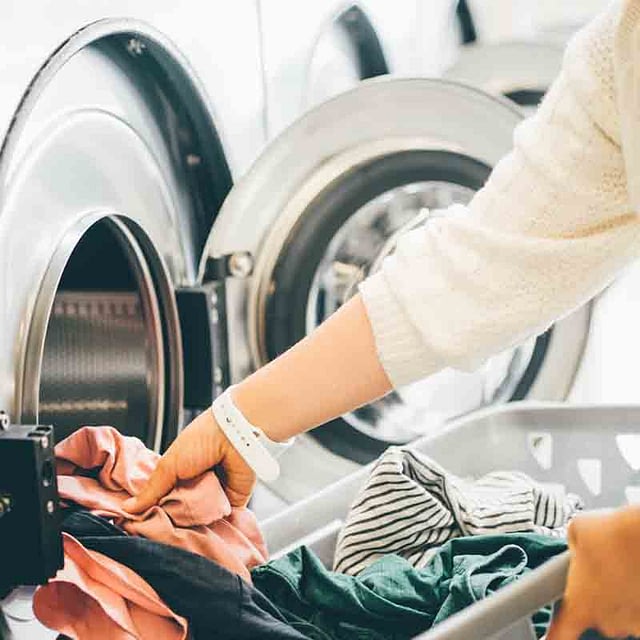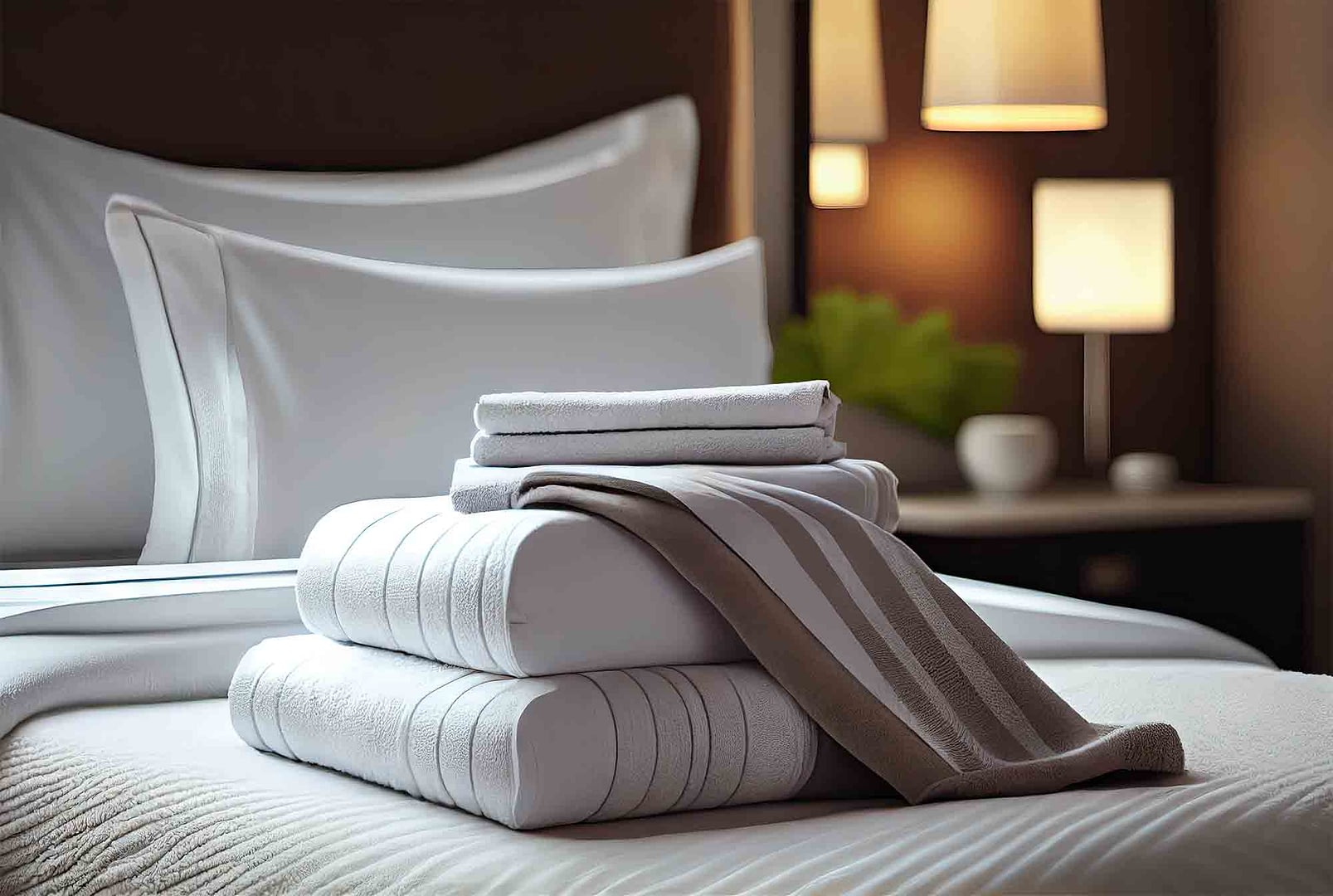Launderettes, laundromats, commercial laundries – what is the difference? Although a couple of these terms can be used interchangeably, not all laundry rooms perform the same function, as we’ll explore in this useful guide.
So, if you’re curious about the differences between these businesses or are looking for the best way to market your business to a broader customer base, this resource looks at the key do’s and don’ts you should know.

What is a laundromat in the UK?
Here in the UK, a laundromat is a laundry room where paying customers can access coin-operated washing machines, tumble dryers and, on occasion, other appliances like professional ironers. While most laundromats are open to the public, some are designated for use on specific premises only – whether it’s university accommodation, hotels, hospitals, gyms or health spas.
What’s the difference between a laundromat and a launderette?
There is no difference. Both these terms can be used interchangeably, as they refer to the same type of public laundry space.
Indeed, in the UK, pay-per-use laundry rooms are rarely called “laundromats”, with launderettes being the preferred term. Elsewhere, however, laundromat replaces launderette, specifically in other English-speaking countries like Australia, Canada, New Zealand, and the United States.
So, if you’re visiting the UK and want to find your nearest laundromat on Google, you might be served searching for “local launderettes” instead.
What is a commercial laundry?
Now that we’ve cleared up any confusion you might have about the difference between launderettes and laundromats, let’s look at one laundry room that is different to the others mentioned in this guide: the commercial laundry.
Commercial laundry services are where laundry is processed to a professional standard, typically by a dedicated team of launderers. These spaces aren’t open to the public but are instead utilised for a business – whether it’s in a hotel, a hospital, a care home, or any other facility where laundry is processed at scale.
Within the laundry facility, garments, linens, flatwork (e.g., bed sheets), and towels are washed and dried using professional laundry equipment, including washers, tumble dryers, and ironers. Laundry cycles are typically handled at pace, with some of the largest industrial laundries capable of processing thousands of items each day.
Sometimes they may charge a fee to offer professional laundry services to other businesses or individuals. Typical services offered by such enterprises include washing, drying, ironing, and garment repairs, along with the collection and delivery of items.
What type of equipment do these businesses use?
Launderettes rely on pay-per-use coin-operated or contactless laundry equipment, including washers and tumble dryers. These machines allow customers to pay via cash, credit/debit card, or prepaid cards, which can be loaded with credit via a website or mobile app.
Of course, these card-operated laundry appliances serve a specific purpose in public-facing laundry rooms, but in commercial laundry rooms, different appliances are favoured.
Here, heavy-duty commercial washing machines, tumble dryers, and ironers provide outstanding reliability, efficiency, and ease of use, allowing many different types of businesses to handle high-volume laundry cycles.



